FORT LEWIS, Wash. - When the Warrior Training Academy, formerly the Light Fighter Academy, was brought into existence last September, the idea was to provide a series of training that would better prepare Fort Lewis Soldiers, regardless of MOS, for every situation they may encounter while in theater.
WTA commandant, 1st Sgt. John Blue, describes the academy as a roof held up by four pillars: the Fort Lewis Combatives School, the Medical Simulation Training Center, the Combat Marksmanship Course and the Asymmetric Warfare/Counter-IED Team.
Each school or course focuses on a train-the-trainer aspect where a select few attend the course, then return to the unit and pass along the learned skills through training.
Though having a train-the-trainer focus through its master trainer program, the AW/C-IED Team can also use its array of resources to tailor training to meet the specific requirements of any unit on post.
"In this asymmetric realm of the fight over (in Iraq and Afghanistan), we don't have an enemy who's standing toe-to-toe with us," said Lt. Col. John Drago, who is the chief of the AW/C-IED Team.
"(The enemy) is employing a cheap, economical, yet very lethal, way to engage us through IEDs."
It is because of this use of IEDs by insurgents that counter-IED training has become necessary for the survival of all Soldiers not confined to forward operating bases down range.
There are many different organizations that are available to give Soldiers these life-saving skills, but before November 2007, there was not an easy way to coordinate their coming to Fort Lewis.
The AW/C-IED Team alleviated that problem.
"I Corps realized that there are a lot of agencies and a lot of resources available to train our Soldiers, a lot of people in organizations with their hand in the pie," Drago said. "Yet from an I Corps perspective, then, there was no entity here orchestrating and synchronizing that effort; so that I think was the impetus to develop this team and to put some of these assets under one roof with the hopes of providing a one-stop shop for counter-IED (training)."
The two main charges of the AW/C-IED Team is to facilitate continuing training for each major subordinate command's master trainer, and also aid units in receiving training on as many of the aspects of IED defeat as said unit's commander deems necessary.
Master trainers from each MSC attend monthly work group "where we share information, tactics, techniques, things that are going to help them become a little more knowledgeable about what is happening in theater, things that are out there through all of these agencies," Drago said.
The vast majority of work done at the AW/C-IED Team is performed by contractors funded by TRADOC, FORSCOM and the Joint Center of Excellence, according to Drago.
"The TRADOC element is a capabilities and integration team," Drago said. "What we use them for is for access to all the external training enablers that are available. They retain a habitual relationship with our Fort Lewis units and advise commanders, staffs and leader on IED-defeat capabilities and training available for their units."
Drago also has what is called an IED Integration Cell (I2C) that he utilizes.
"They are, in essence, the synchronizers and executers on Fort Lewis for IED training," he said. "So if it's home station training lane development, if it's integration of simulations and virtual enablers into a live environment that deals with IED defeat, if it's assisting units in orchestration and resourcing of Fort Lewis training in IED defeat, that is the cell I'm using to do that."
Of great convenience to Drago and his team is the Department of the Army's placing of the Counter IED Mobile Assistance Training Team at Fort Lewis.
"They get involved from planning to execution for IED-defeat-related training," said Drago of the C-MATT. "They teach (units) IED awareness, how to defeat the device, how to protect the force, some skills for their staff in attacking and defeating the networks of IED cells."
The C-MATT at Fort Lewis is one of only two such teams nationwide. Their charge is mainly to work with non-brigade combat teams.
"Our charter is to train non-BCT units that are not going to go to CTC ... and provide something for them prior to deployment," said Nick Fuller, who is the Senior Battle Staff Trainer for the Fort Lewis-based C-MATT. "Each unit, we have to tailor our training to how much time they can afford us and what their mission set is going to be overseas and where they are going to be."
Because there are only two C-MATTs currently active in the Army, Fuller's team may find itself in Washington one week, but in Texas or Georgia the next.
But of all the home training lanes he has seen, Fuller said he thinks Fort Lewis is one of the better designs.
Fuller said his team trained 513th Transportation Company in December and helped them work in the home training lane into its STX.
His team also trained the 47th Combat Support Hospital last week on IED recognition and on what to do if they get hit by an IED while in humvees - a place most CSH Soldiers don't spend much time.
Lieutenant Col. John Nerges of the 47th CSH said he felt he and his Soldiers were now not only better prepared for encountering an IED in theater, but will also be able to better relate to those Soldiers injured by IEDs he and his personnel will surely come into contact with down range.
"You get an appreciation for when you're treating casualties of an IED, exactly what was going on when you're standing in the turret of a humvee," Nerges said. "These kids who are going to be doing this every day, God bless them. That's why the CSH is here, to take care of those guys."
Sergeant Issac Carpenter said going through this lane hammered home the reality of IEDs.
"The training here is not just visual, it's also physical," he said. "You see it (and) walking up to it, you're experiencing it with all your senses. So it becomes more real and more personal."
Specialist Tayon Reid said the part of the training that stuck out to him was when one of the humvees in his patrol was hit by a training IED and an "insurgent" came out of a near-by building and fired on the convoy.
"It really opened my eyes and heightened my senses that a guy just ran out and got two shots off on the truck," he said. "We don't really get in that mindset most of the time, because that's not our job. But when we (went) through this training, it really opened my eyes that we are going over there as a CSH, but we are going into a war zone so we don't need to be fumbling with our weapons when someone's running out shooting at our battle buddies."
Drago said the AW/C-IED Team aim is to not only train Soldiers on what to do when you see an IED or what to do immediately after being hit by one. It wants Soldiers to learn how to attack the entire lifecycle of an IED.
"We want to train Soldiers and units on how to attack the network. Trying to gain information and develop actual intelligence that will allow us to defeat that cell before he's able to emplace or before he's able to attack us," he said.
"That spectrum of training runs the gamut from proper search techniques on an objective, am I preserving evidence' To am I collecting forensics and biometrics data' That whole host of data that will feed back into the system that will help better develop information and produce actionable intelligence that's going to allow you to now go attack the guys who are resourcing or who are building (IEDs), instead of focusing only on getting the guy who's just emplacing (it)."
Matt Smith is a reporter with Fort Lewis' Northwest Guardian.
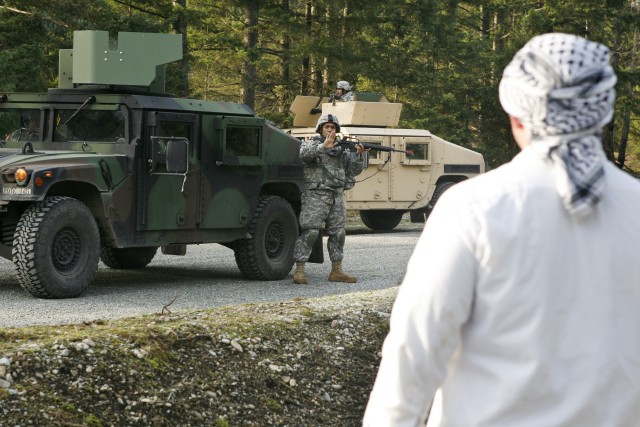
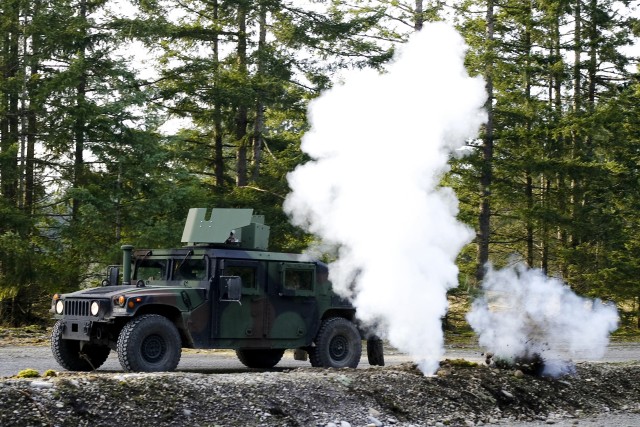
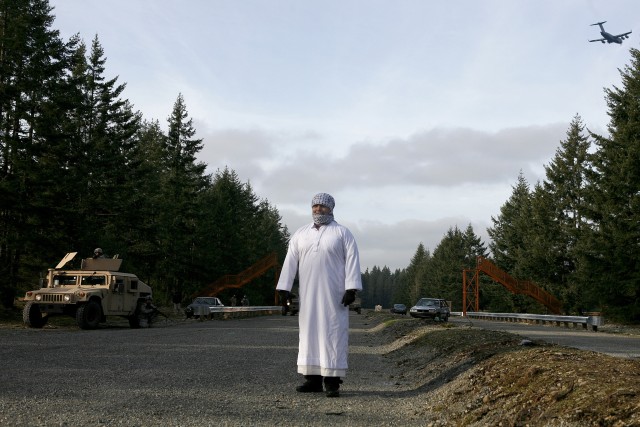
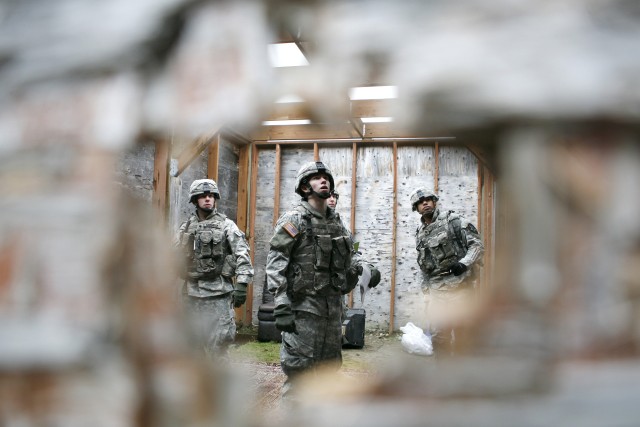
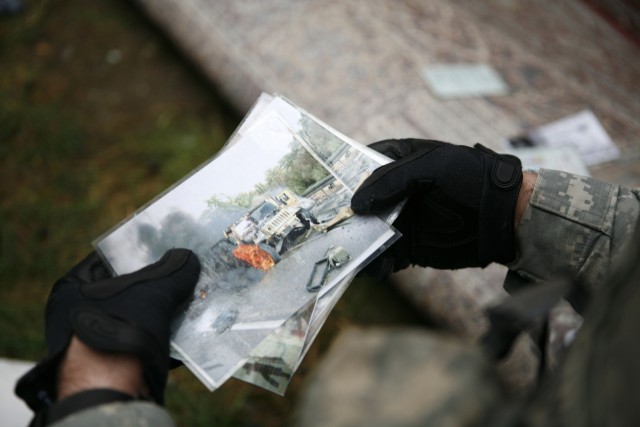
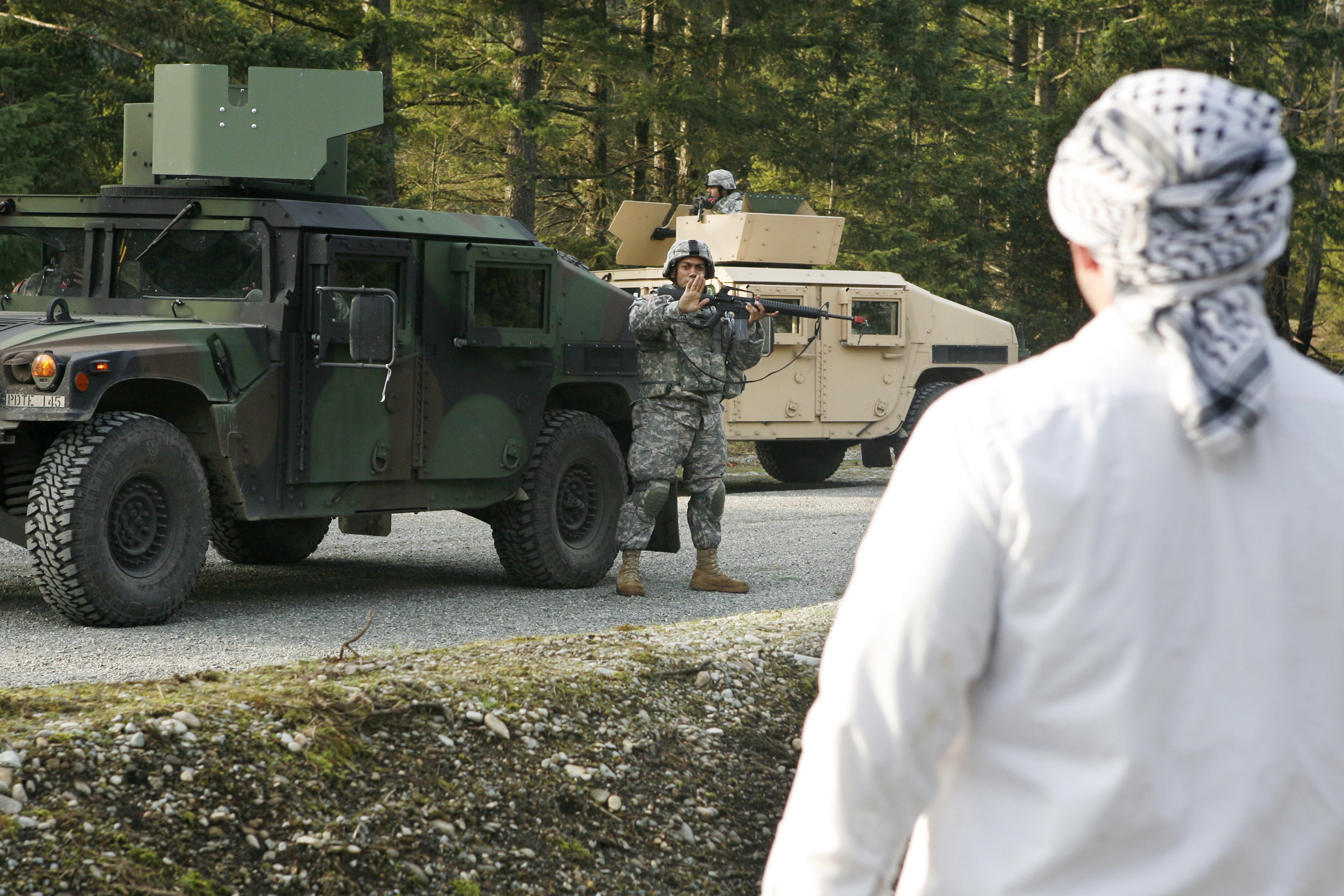
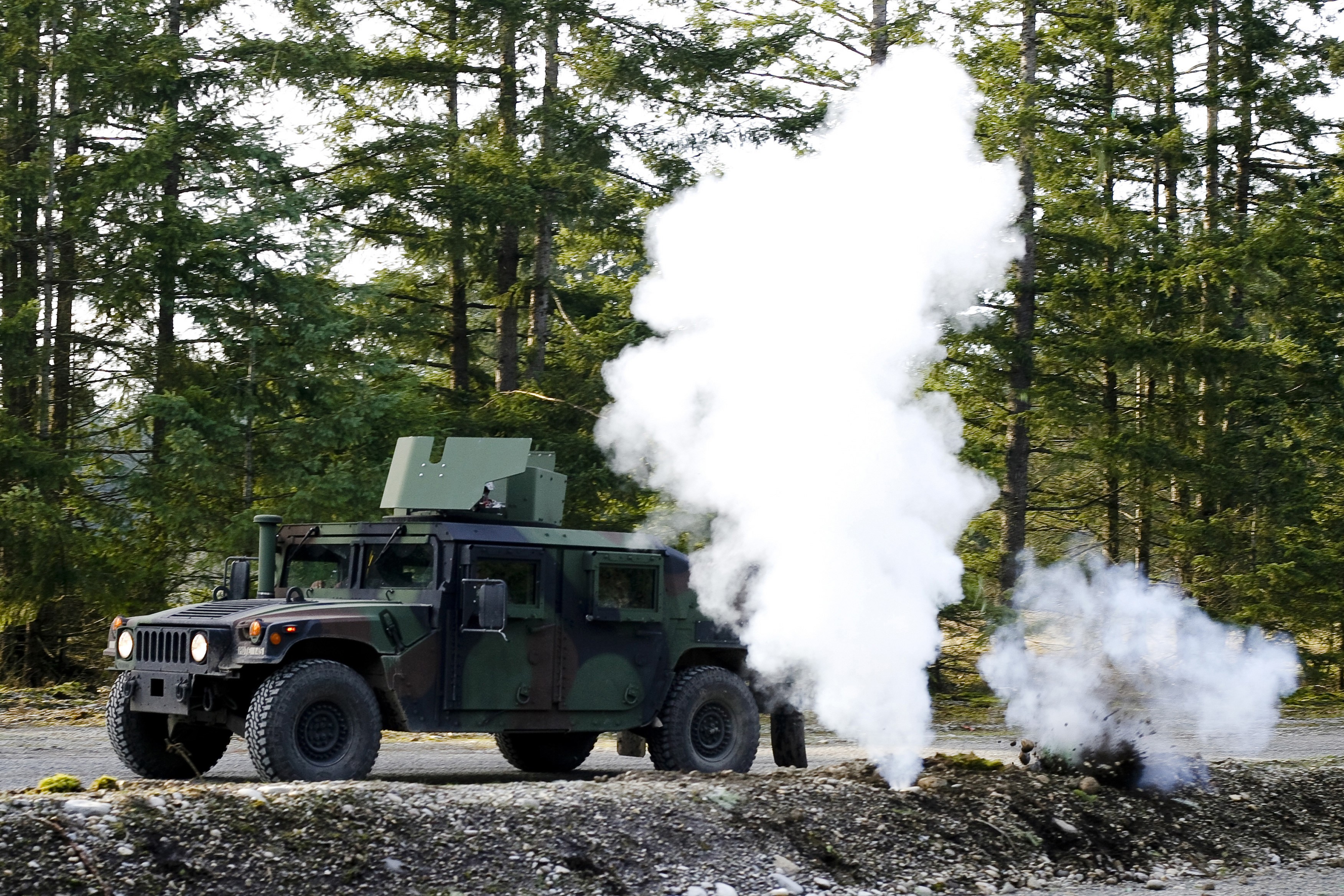
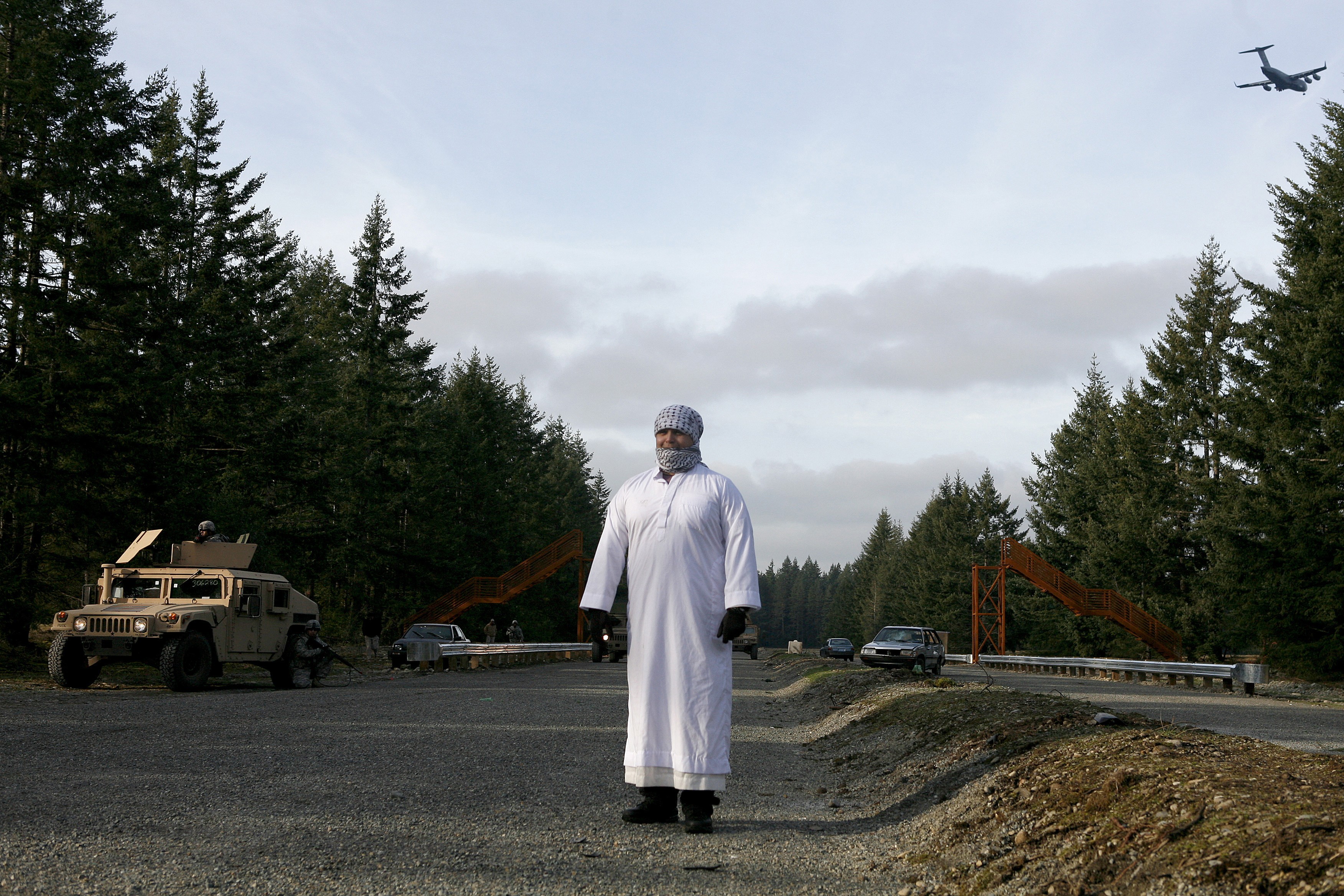
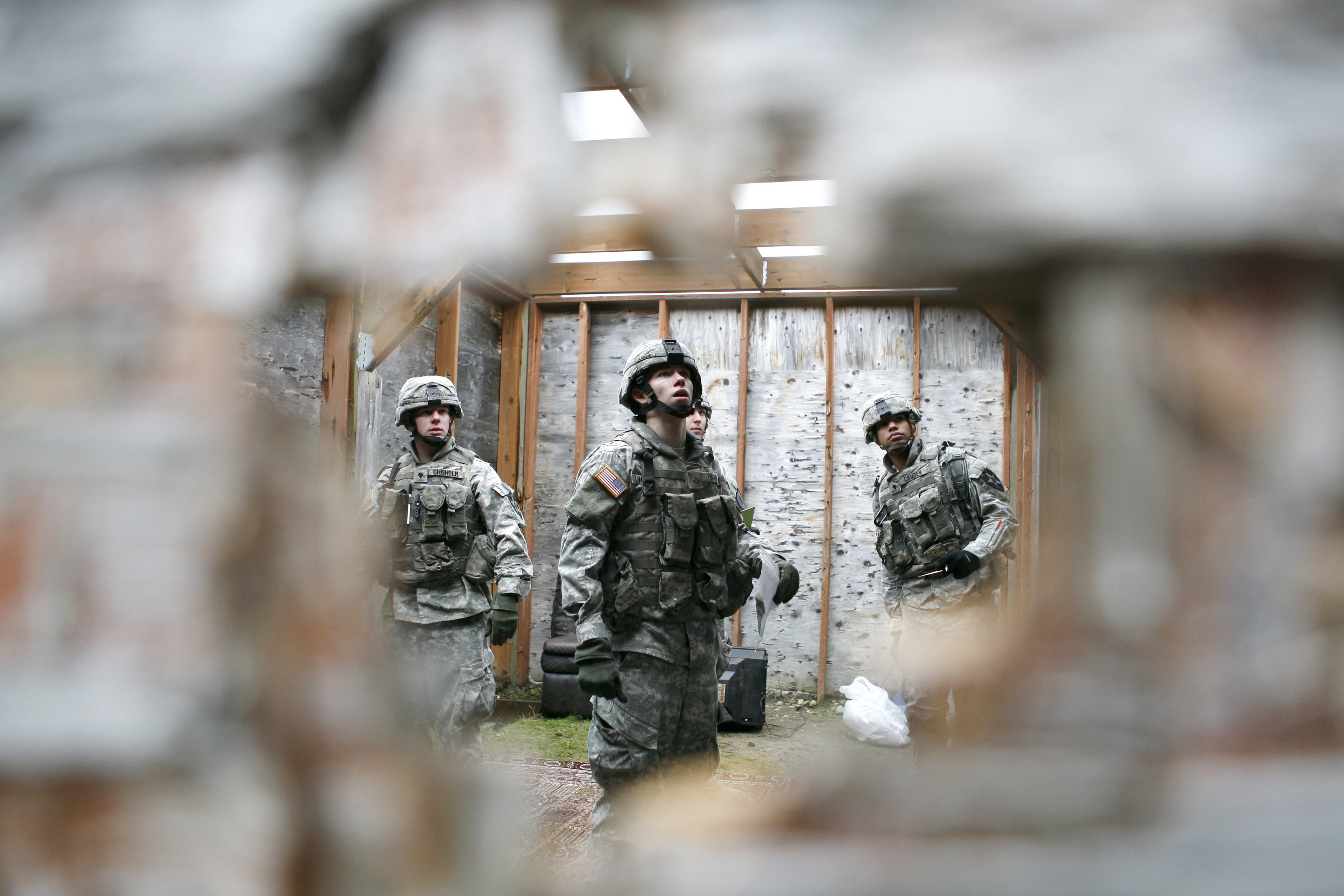
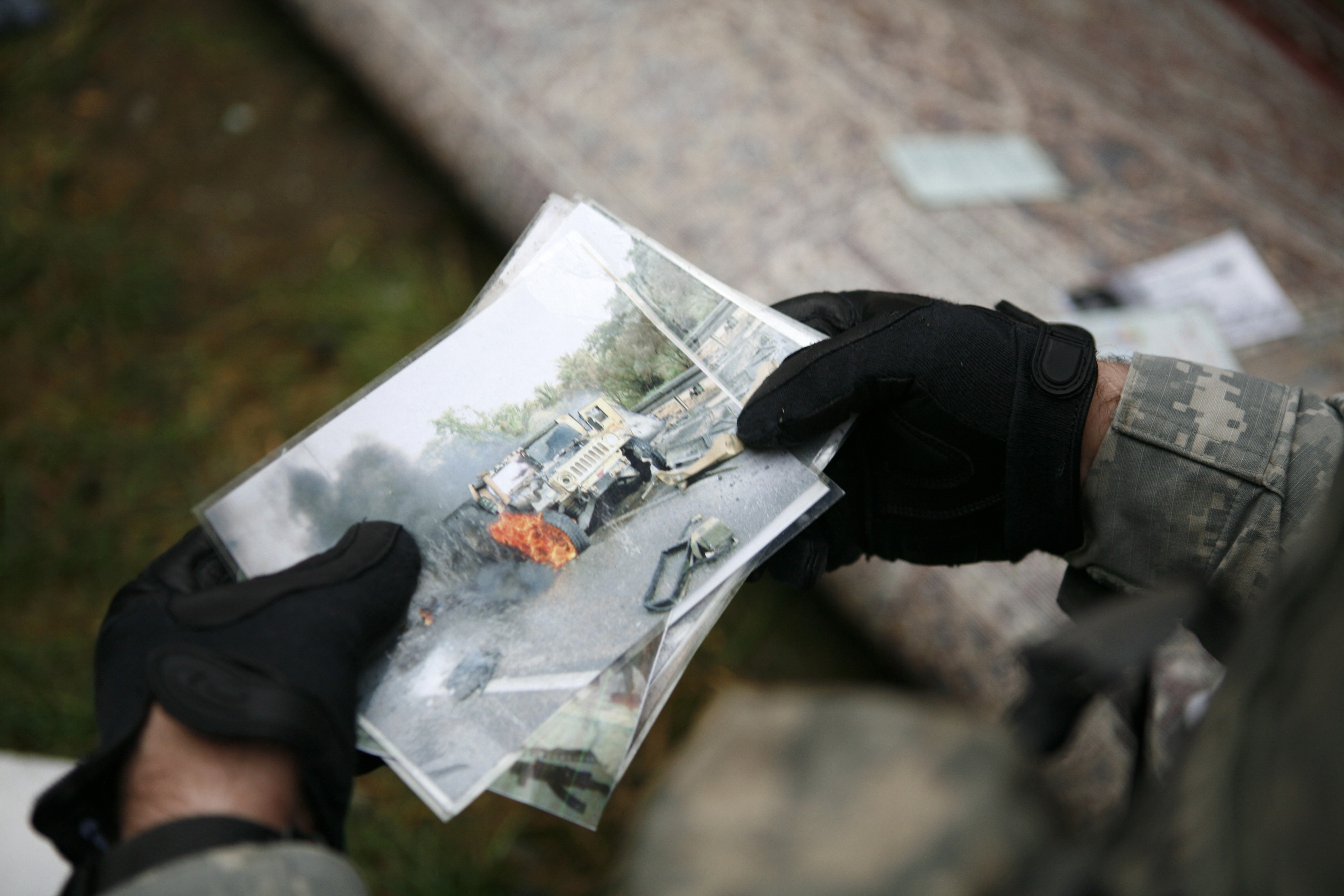
Social Sharing